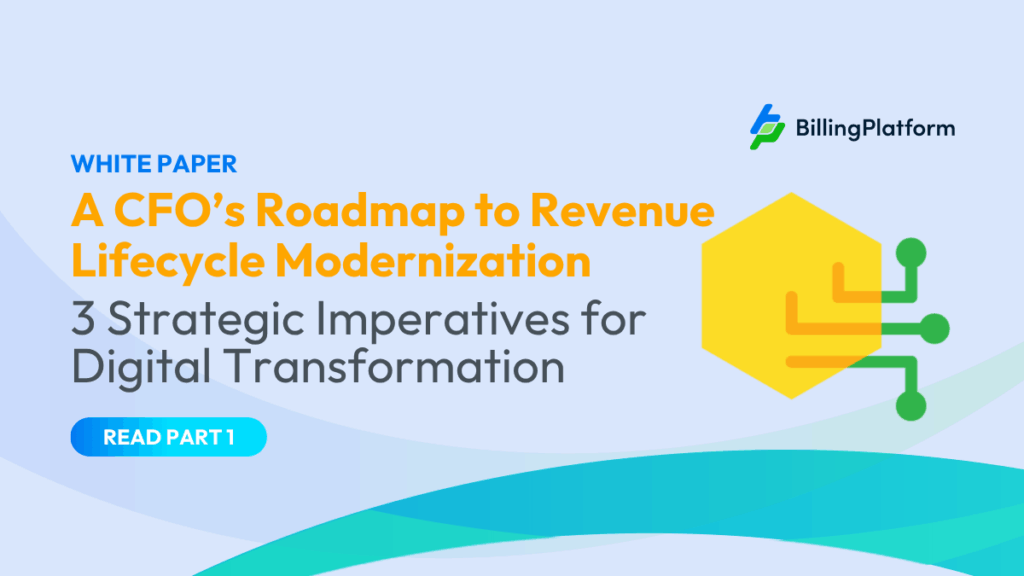Not too long ago, I heard Gareth Morrison, Vice President of Finance at Vertafore, and Chris Mackley, Director of Finance at SBM Management Services, speak about the complexities of non-standard billing. What stuck with me was when they spoke about the challenges non-standard billing causes and best ways to make sure non-standard billing doesn’t become an issue when building a new pricing model. Here’s a summary of the takeaways that I came away with.
The biggest problems caused by non-standard billing:
- Extra time processing bills. Increased time spent checking and double-checking numbers for special contracts
- More training required. Continually expending cycles to train operations and sales in invoicing and then further time spent explaining it in turn to clients
- Contracts where you lose (not make money). Difficulty in ensuring your services and operations team can actually deliver your services within budget as determine by your pricing
How do you combat non-standard billing?
The best way to combat non-standard billing is to create a pricing model that’s capable of addressing the current and future needs of your company. To do that it comes down to the following four principles:
- Involve your broader team: Input should be gathered from multiple teams when creating a pricing model. Billing, Sales, and Product Management teams should work together to capture the most likely issues and solutions before they arise.
- Accurate record-keeping: There should be one point of entry in the system so that all client and contract information is collected in a standard way and in complete detail.
- Simplicity: The pricing model should be simple and straightforward so that sales can effectively communicate to clients.
- Ease of use: The billing system should easily generate simple recurring invoices so that more time can be spent on the invoices that need special attention.
The Result:
With a clear-cut, user-friendly pricing model in place, time spent generating invoices, fixing errors, and in subsequent customer service cycles is reduced. Internally, this means that sales can spend more time with customers, be more responsive to inquiries, and that anyone in the company can quickly get a handle on charges and service prices without requiring finance to be on standby.



